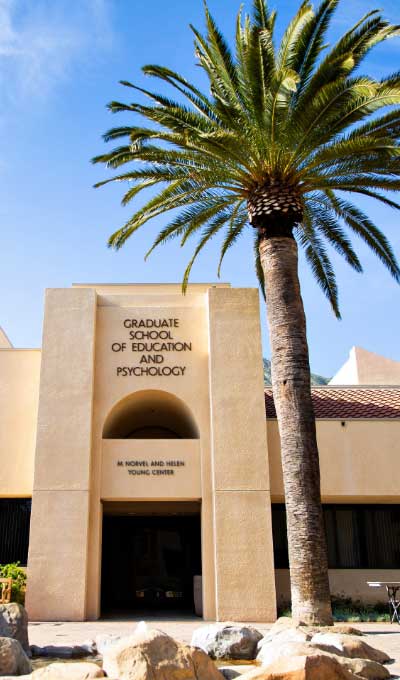

Pepperdine University’s Online MFT Master’s Program
Pepperdine prepares you to pursue licensure as an LMFT or LPC, allowing you to make a powerful impact in the lives of others in as few as 27 months. With no GRE required, apply to the master’s in marriage and family therapy online from Pepperdine and begin creating a positive social impact. Part-time track available.
- No GRE required
- Bachelor degree required
- Complete as few as 27 months
SPONSORED


Earn Your Master of Science in Marriage and Family Therapy With Northwestern University
The COAMFTE-accredited online MFT can be completed in as few as 24 months. Enjoy the same rigorous curriculum and expert teaching as in the on-campus program. Full- and part-time options available.
- COAMFTE-accredited program
- Convenient 24-month option
- No GRE required to apply
- Full- and part-time tracks available
SPONSORED
